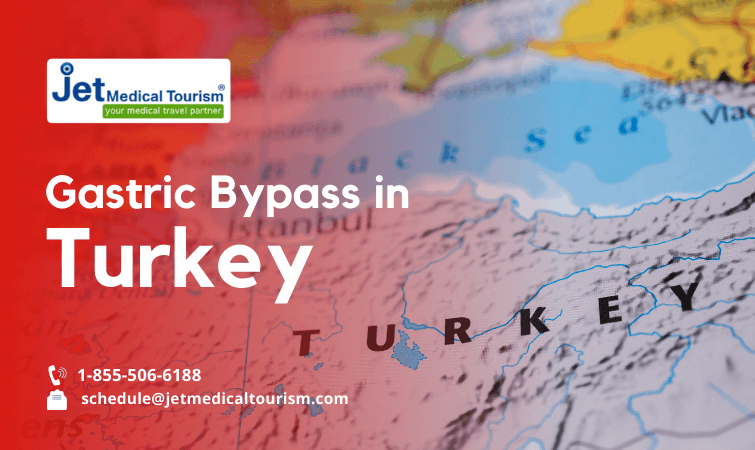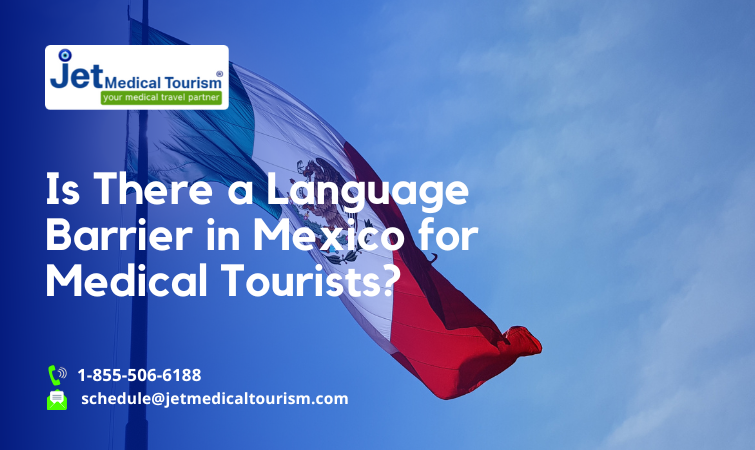World of Medical Tourism: Discover Healthcare Abroad
Medical tourism, or health tourism, means traveling abroad for medical reasons. People do this to save money, get better care, or have treatments they can’t find at home. Medical tourists may seek a wide range of services, including elective surgeries, dental treatments, fertility treatments, cosmetic procedures, and more. Medical travel often combines medical treatment with tourism or leisure activities.
Historical Origins
The historical origins of medical tourism date back thousands of years, with early examples found in ancient civilizations like Greeks and Romans. These societies often sought healing and health treatments in other regions, laying the foundation for the modern practice of medical tourism.
Over centuries, the concept evolved, and in recent decades, globalization and advancements in healthcare have fueled the growth of medical tourism into a global industry. Understanding this historical journey sheds light on the roots of a phenomenon that continues to impact health services worldwide.
Early Instances of Medical Travel
Early instances of medical travel, which can be considered precursors to modern medical tourism, can be traced back to ancient civilizations such as Greece and Rome. Here are some key early instances:
- Ancient Greece: The city of Epidaurus in ancient Greece was famous for its healing havens, devoted to the god of medicine, Asclepius. People from various regions would travel to Epidaurus seeking cures for their ailments. Temples like Epidaurus offered a form of religious medical travel, where patients hoped for divine healing.
- Roman Baths: The Romans had fancy bath houses that weren’t just for relaxing but also for people seeking relief from health issues. These Roman baths, such as those in Bath, England, and Aquisgranum (Aachen) in present day Germany, attracted visitors in search of medical benefits.
- Islamic Medicine: During the Islamic Golden Age (8th to 13th centuries), cities like Baghdad and Cordoba became famous centers for medical knowledge and practice. People traveled from distant lands to access the expertise of Muslim physicians and scholars.
- Spa Towns in Europe: In Europe during the 18th and 19th centuries, spa towns like Bath in England, Baden-Baden in Germany, and Karlovy Vary in the Czech Republic became popular destinations for people seeking the therapeutic benefits of mineral springs and hydrotherapy.
- Colonial Medical Tourism: In the colonial era, people from colonies often traveled to the colonial powers’ home countries for medical treatment. They sought care that wasn’t available or was of lower quality in their own regions.
Ancient medical travel was based on beliefs in healing places, water, or religious sites. This set the stage for modern medical tourism, where people go abroad for reasons like saving money, getting advanced care, and faster treatment. Today, people travel globally for medical treatments, including surgeries, special procedures, and wellness programs.
Emerging Trends in Modern Medical Tourism
Modern medical tourism is witnessing a shift as emerging trends reshape the industry. These changes are transforming how patients get health care, travel for treatments, and focus on their well being. Several factors and trends are reshaping the world of medical tourism:
- Telemedicine and Virtual Consultations: The COVID-19 pandemic sped up the use of online medical consultations. Medical tourism providers now offer remote discussions about conditions and treatments. This makes it easier to access care without in-person visits.
- Medical Tourism Agencies: Medical travel companies make things easier for patients. They offer comprehensive services, handling travel, lodging, treatment scheduling, and aftercare. Their goal is to simplify the experience for medical tourists, making it more convenient and less stressful.
- Wellness Tourism: Medical tourism is expanding beyond procedures to include wellness and prevention. Health-conscious travelers look for services like check-ups, rejuvenation therapies, weight management, and holistic wellness programs. These packages often blend medical care with relaxation and lifestyle improvement.
- Quality and Accreditation: Accreditation and quality assurance programs are more important now. International bodies and certifications help medical tourists find reputable hospitals and clinics. Many patients prefer facilities with recognized quality certifications for safe and effective care.
- Insurance Coverage: Certain insurance firms now provide coverage for medical tourism costs. This adds credibility to the practice and eases worries about unexpected issues or extra medical requirements.
Popular Medical Tourism Destinations
Medical tourism has gained immense popularity in recent years, with people traveling to foreign countries in pursuit of affordable, high quality health services and medical procedures. Here are some of the most desired medical tourism destinations:
- Medical Tourism in Mexico: The country draws patients from the United States and Canada for dental work, plastic surgery, weight loss surgery and orthopedic surgery. For medical travelers, Tijuana is a leading destination in Mexico.
- Medical Tourism in Turkey: Gaining popularity for its high quality medical care, especially in cosmetic surgery, hair transplants, and weight loss surgery.
- Thailand: Known for its affordable medical procedures, particularly in cosmetic surgery and dental care.
- India: Offers a wide range of medical treatments, including cardiac surgeries, orthopedic procedures, and advanced cancer treatments.
- Malaysia: Known for its modern medical facilities and highly skilled health care professionals.
- South Korea: Known for its advanced cosmetic and plastic surgery procedures.
- Singapore: Offers top notch medical facilities and is a hub for medical tourists seeking treatments in various specialties.
- Costa Rica: Known for its dental work and cosmetic surgery.
- Dubai, United Arab Emirates: Attracts medical tourists for procedures such as orthopedic surgeries, dermatology, and fertility treatments.
- Brazil: Famous for its cosmetic surgery, particularly in the field of plastic surgery and body sculpting.
Please note that the popularity of medical tourism destinations can change over time, and the choice of destination often depends on the specific medical procedure and individual preferences. It’s essential to thoroughly research and choose a destination that meets your medical needs and safety standards.
Emerging Destinations
Emerging destinations for medical tourism are gaining recognition for their health services, competitive pricing, and quality care. Some of these emerging destinations include:
- Colombia: Known for its skilled medical professionals and modern facilities, Colombia offers affordable healthcare with a focus on cosmetic and plastic surgeries.
- Poland: Rising in popularity for its dental treatments and orthopedic surgeries, Poland attracts patients seeking cost effective medical care in Europe.
- Hungary: Budapest, in particular, is celebrated for dental tourism, offering high quality dental treatments at lower costs compared to many Western countries.
- Greece: With its rich history and health services knowledge, Greece is becoming a destination for various medical procedures, including fertility treatments.
- Tunisia: Known for its cosmetic and plastic surgeries, Tunisia offers a blend of quality care and Mediterranean beauty.
- Ukraine: Emerging as a destination for fertility treatments and surrogacy, Ukraine provides advanced medical services.
- Jordan: Recognized for its medical experts and state-of-the-art hospitals, Jordan offers treatments across multiple specialties.
- Malta: Combining medical care excellence with a Mediterranean lifestyle, Malta attracts patients seeking various medical procedures.
- Czech Republic: Prague is becoming a hub for medical tourists seeking cosmetic surgeries and other treatments.
- Philippines: Known for its medical services professionals and cost effective procedures, the Philippines offers a range of medical services.
These upcoming locations are ready to play a significant role in the worldwide medical tourism sector. They offer various choices for people looking for high quality health services abroad.
Conclusion
Medical tourism has a rich history dating back to ancient civilizations and has now evolved into a thriving global industry. Well-known places like Mexico, Turkey, Thailand, and India offer affordable health care, while rising destinations like Colombia and Poland provide appealing options.
Modern trends like telemedicine and wellness tourism are transforming the way patients access medical services abroad. As the industry keeps growing and changing, it gives patients more options to focus on their well being across borders.






